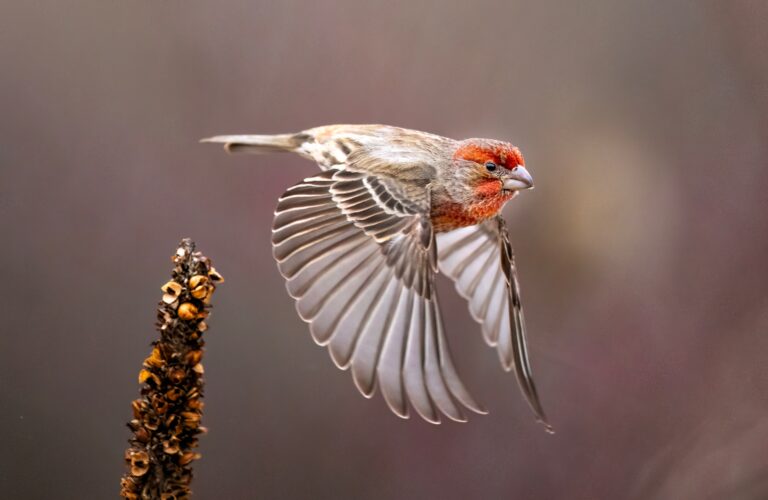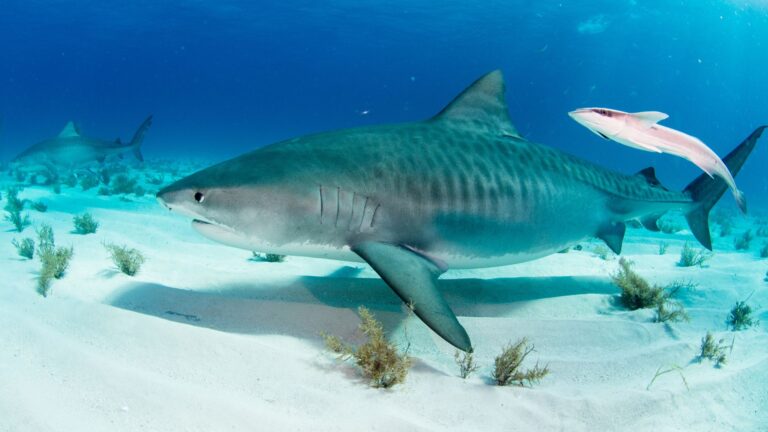15 Animals That Are Practically Unchanged Since The Dinosaur Age
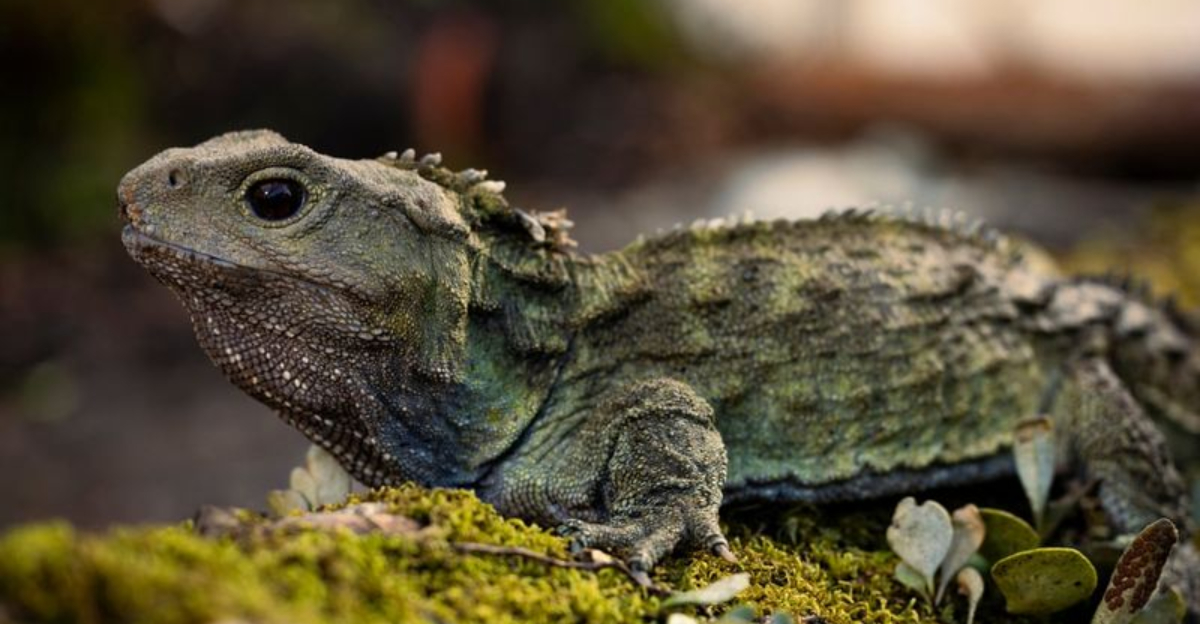
Imagine stepping back in time to a world where giant creatures roamed the Earth. The fascinating thing is, not all of them vanished.
Some animals from that era continue to grace our planet, relatively unchanged, offering a living glimpse into the prehistoric past.
These ancient creatures have found a way to adapt through millions of years, surviving mass extinctions and dramatic shifts in climate.
1. Horseshoe Crab
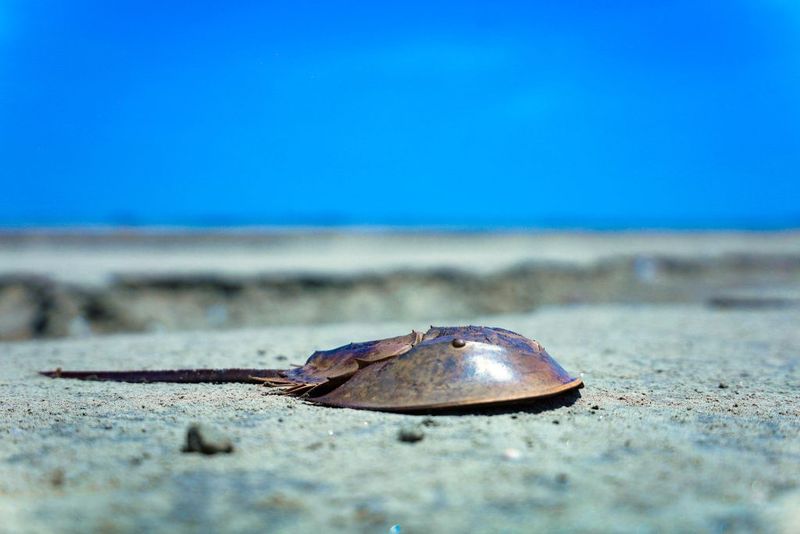
Think of the horseshoe crab as nature’s little time traveler. With its dome-shaped shell and multiple legs, this ancient mariner has been scuttling across ocean floors for over 450 million years. Imagine it rubbing pincers with the trilobites!
Despite its name, it’s more closely related to spiders than crabs. What’s its survival secret? Its simple, yet effective, body design that has required little change over eons.
2. Coelacanth
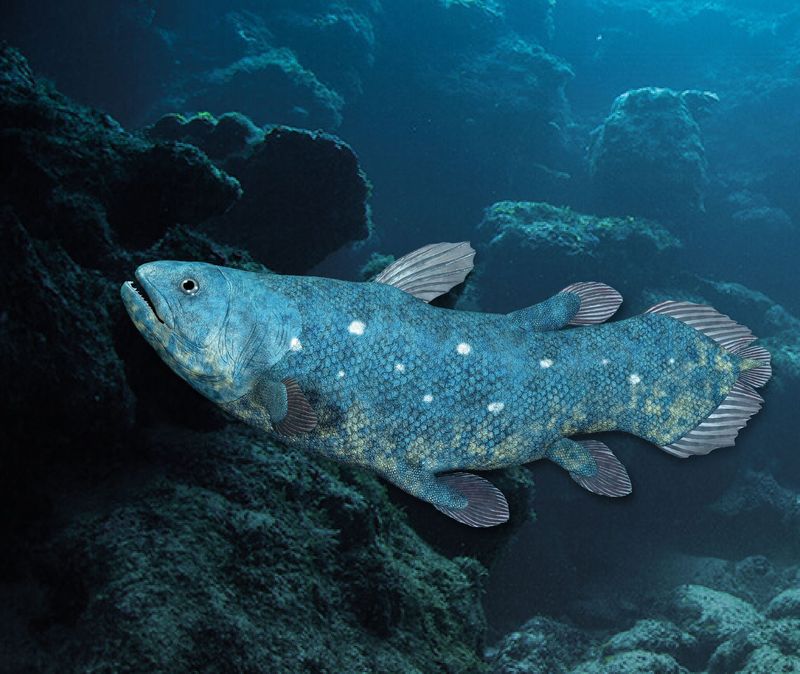
Meet the coelacanth, the deep-sea dweller that defied extinction against all odds. Once thought to be long gone, this fish resurfaced in the 20th century, astonishing scientists.
Its hefty blue scales and lobe-finned body are straight out of a prehistoric playbook. This fish once swam with dinosaurs, and today it still lurks in the ocean depths, unchanged for about 400 million years.
3. Nautilus
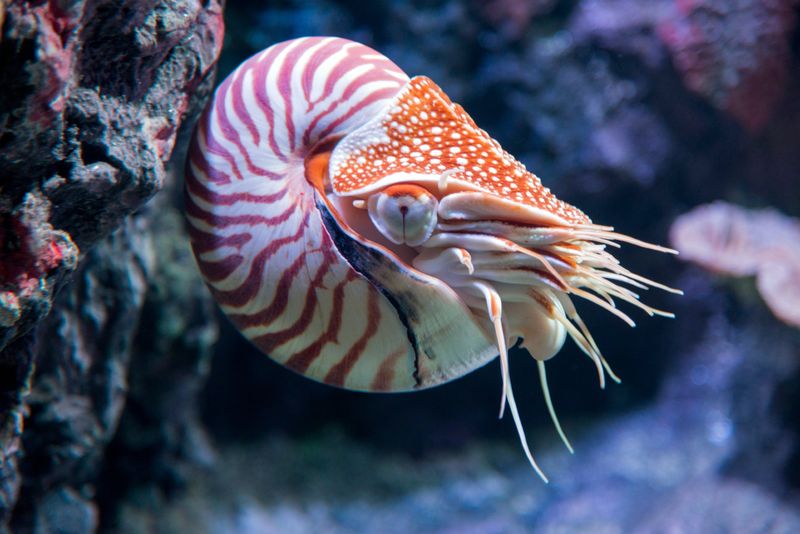
Ever wanted to hold a piece of the ancient ocean?
The nautilus, with its perfect spiral shell, offers just that. This marine creature is a real-life relic from the age of the dinosaurs, having drifted through Earth’s waters for over 500 million years.
Its buoyant shell and keen hunting skills keep it afloat, literally and figuratively, through the ages.
4. Tuatara
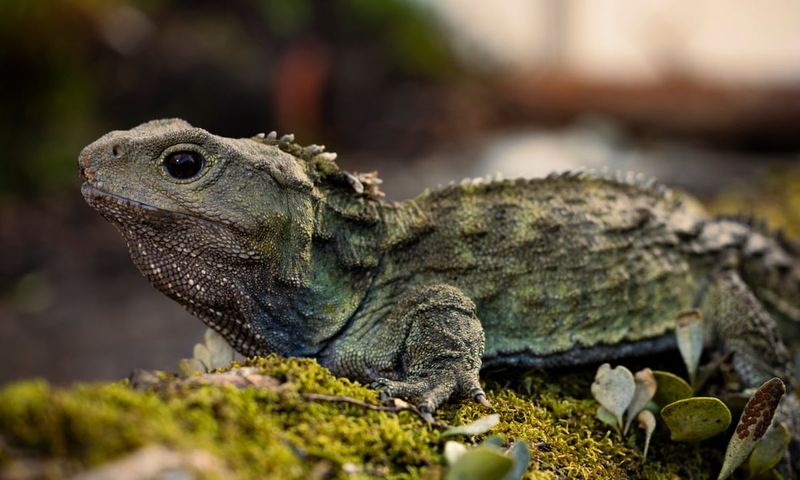
Ever seen a lizard lookalike that’s not quite a lizard? Enter the tuatara, New Zealand’s living fossil. With its spiny crest and third “parietal” eye, it’s a distinct reminder of the deep past.
These reptiles have roamed Earth for around 200 million years, outliving their more famous dinosaur contemporaries.
5. Sturgeon
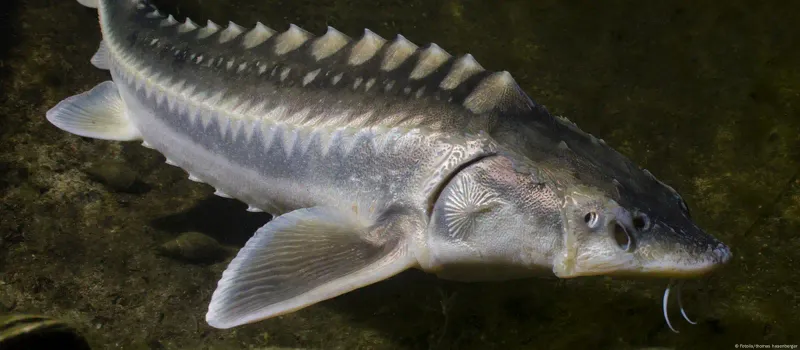
Sturgeons are the royalty of rivers, ancient fish that have been around for over 200 million years. Their bony plates and elongated bodies are like something straight out of a prehistoric painting.
These gentle giants can live for up to a century, slowly gliding through freshwater rivers, oblivious to the passage of time.
6. Crocodile
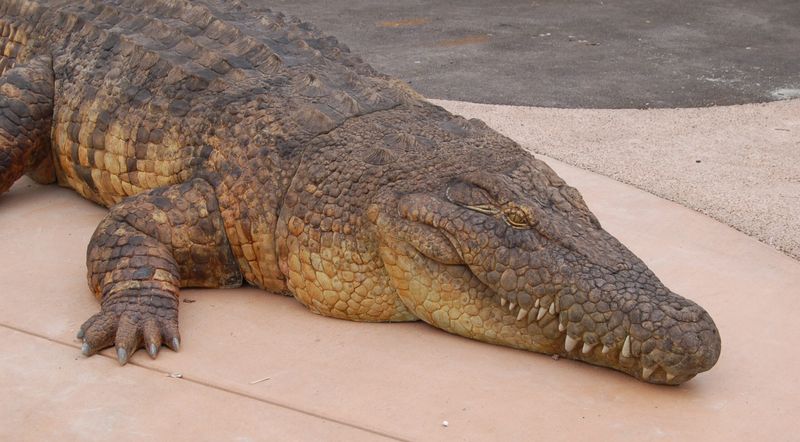
With jaws that could scare a T-rex, crocodiles are the ultimate ancient predators. Their rugged skin and powerful bite have been their calling cards for over 200 million years.
These reptiles haven’t changed much, and why would they? Their design is a masterpiece of nature’s engineering, perfect for lurking beneath murky waters.
7. Horseshoe Shrimp
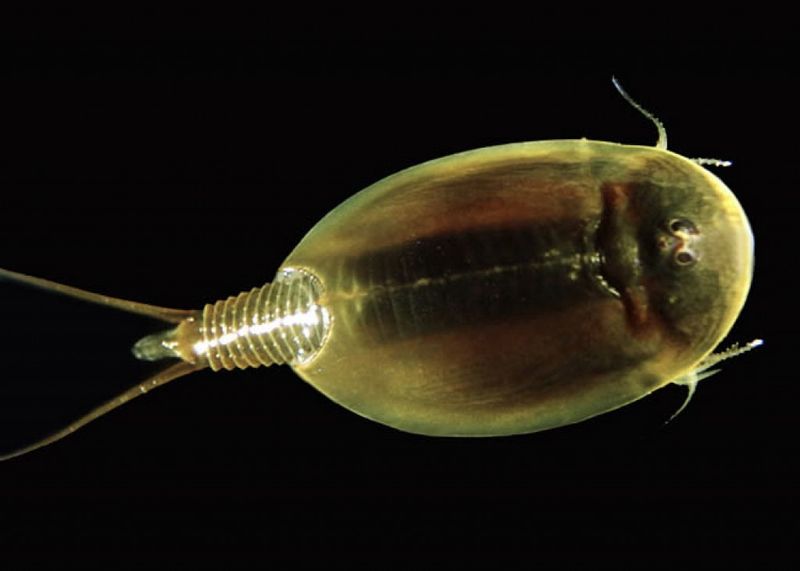
The Horseshoe Shrimp, not to be confused with its larger namesake, is a tiny marine creature that has survived virtually unchanged for hundreds of millions of years.
Its shield-like carapace is reminiscent of ancient arthropods, providing protection against predators.
These shrimp can be found in oceans worldwide, often in shallow waters where they play a role in the marine food web.
8. Lamprey
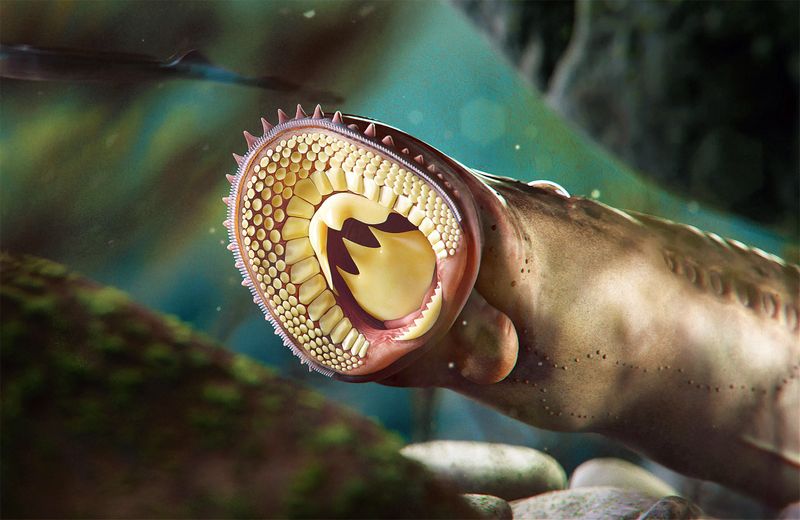
Consider the lamprey the vampire of the aquatic world. With its eel-like body and circular mouth full of teeth, it’s been latching onto fish for over 360 million years.
These jawless fish are nature’s oddities, unchanged by the passage of time, surviving by their parasitic means.
9. Cockroach
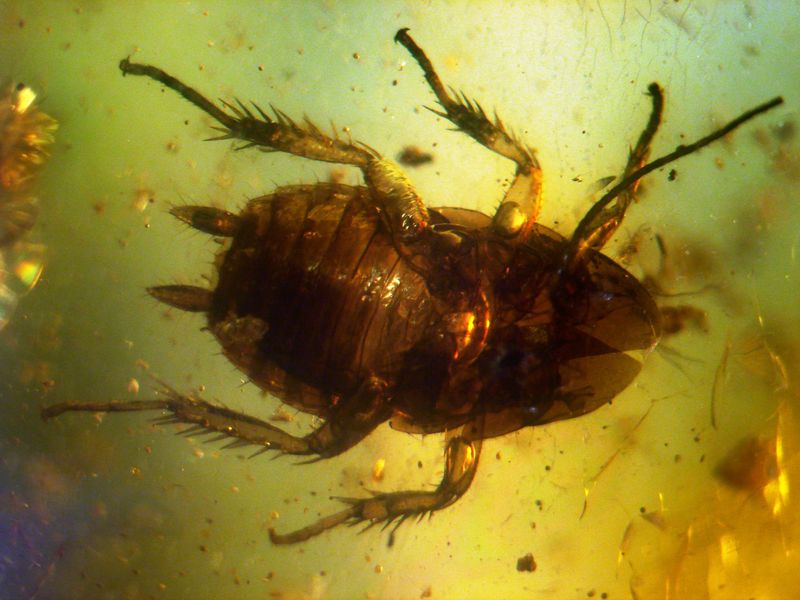
Love them or loathe them, cockroaches are the ultimate survivors. These insects have been skittering around since the time of the dinosaurs, over 300 million years ago.
Their resilience comes from a simple, adaptable design that thrives in almost any environment.
10. Platypus
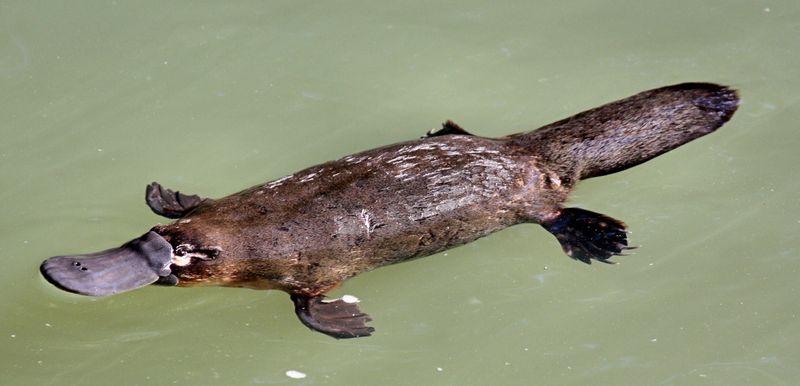
Ever seen a creature that looks like a duck, a beaver, and an otter all in one? Meet the platypus, one of nature’s quirkiest creations.
This egg-laying mammal has been paddling through Australian rivers for millions of years, boasting a lineage that dates back to the dinosaur age.
11. Jellyfish
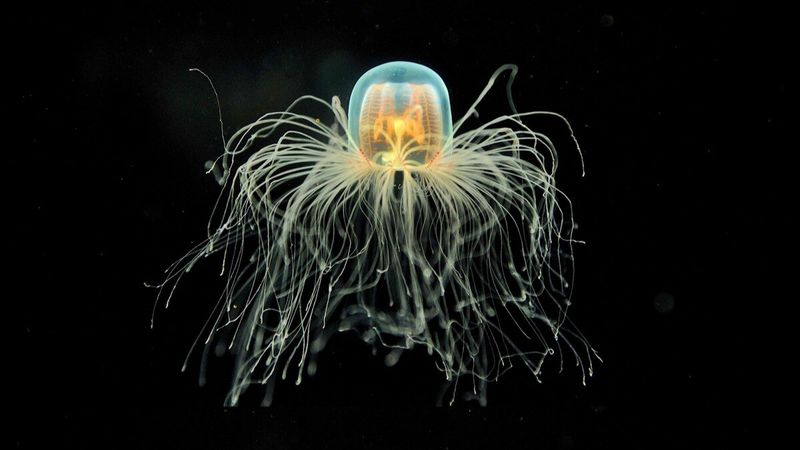
Floating through the ocean like ghostly extraterrestrials, jellyfish have been haunting Earth’s waters for over 500 million years.
Their simple, gelatinous bodies and trailing tentacles are a testament to the power of simplicity in survival.
12. Shark
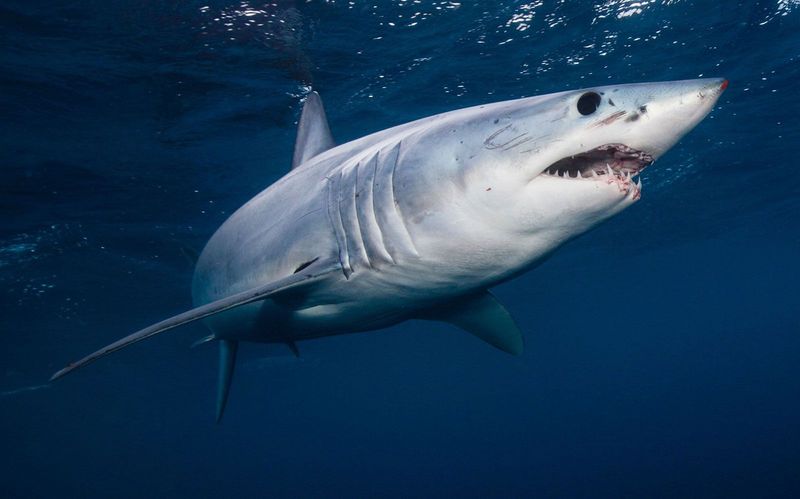
Sharks: the ocean’s original bad boys. These sleek predators have been ruling the seas for about 400 million years with their sharp teeth and torpedo-like bodies.
They’ve outlived entire species and witnessed the world morph around them, without much change to their own design.
13. Bactrian Camel
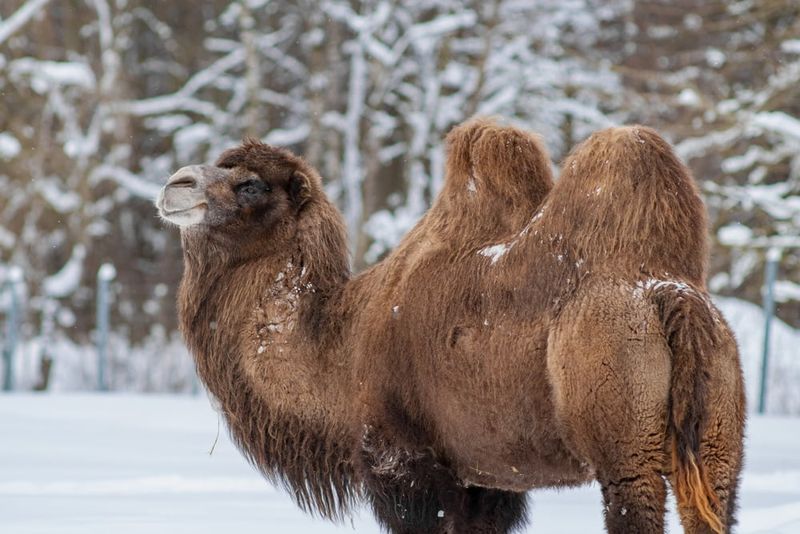
With a history dating back millions of years, the Bactrian Camel has adapted to some of the harshest climates on earth.
Its two humps, unlike its dromedary cousin, store fat which can be converted to water and energy, essential for survival in arid environments.
This camel’s thick fur provides insulation against extreme temperatures, both hot and cold, as it roams the vast deserts and steppes of Central Asia.
14. Okapi
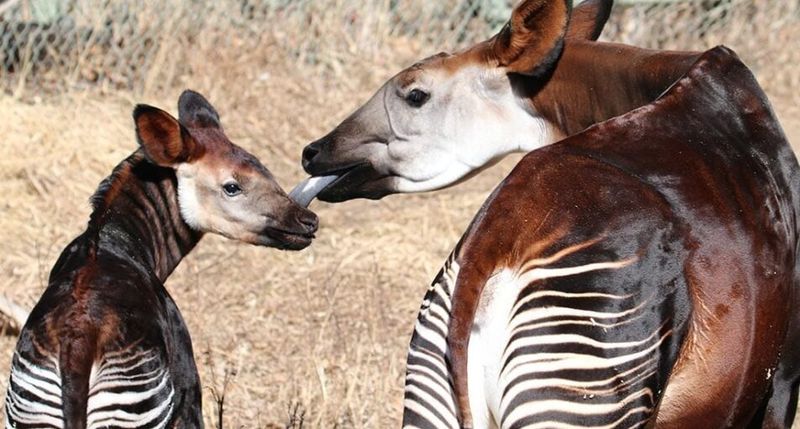
In the dense rainforests of the Congo, the Okapi stands as a unique blend of giraffe and zebra traits.
With a lineage tracing back millions of years, this animal has maintained its distinct features that aid in camouflage and foraging.
Its long neck assists in reaching foliage, while the striped hindquarters provide excellent disguise among the dappled forest light.
Despite its elusive nature, the Okapi plays a crucial role in its ecosystem by helping to disperse seeds.
15. Alligator Gar
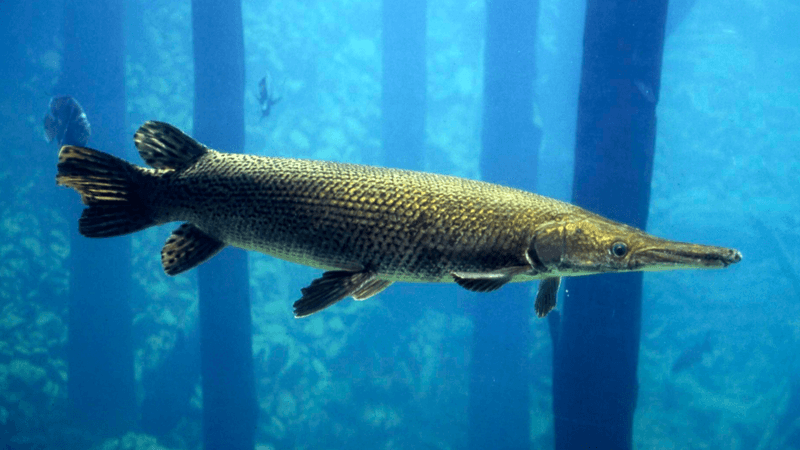
The Alligator Gar is a freshwater fish with a fearsome appearance, often likened to the prehistoric predators of ancient waters.
Measuring up to 10 feet in length, its elongated body and sharp teeth make it a formidable hunter.
Found primarily in the southern United States, this fish has a lineage that stretches back over 100 million years, making it one of the most ancient species still swimming today.

